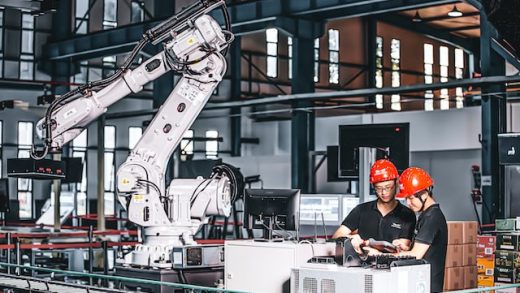From Ramps to Floats – Exploring Different Types of Docks
There are many things to consider when choosing a dock for your property. You must choose the right size and type to fit your needs.
The most common docks are stationary docks built on pilings. These docks are very sturdy, but they will only work well in bodies of water that can support this type of structure.
Floating Docks
As their name suggests, floating docks can float on the surface of water bodies. They’re popular in places that experience fluctuating water levels, where a stationary dock with legs or piles may not be appropriate. They are also easier to install than fixed docks; some are even modular.
Floating docks Palm Beach County FL, typically feature an aluminum frame that displaces the water, providing buoyancy and stability. The framework rests on foam-filled, rotationally molded pontoons. They’re commonly used for residential, commercial, and marina applications. They’re also the choice of governmental agencies, including national parks and emergency management and law enforcement sites. Many specialty docks are designed for specific watercraft or activities. For example, seaplane docks have ramps to facilitate takeoffs and landings. And kayak/canoe docks have lower profiles to accommodate smaller boats.
Stationary Docks
Anyone who has ever sat on the edge of a dock or pier, legs dangling in the water, the wind blowing through the leaves and flowers, the sun setting behind them, and nothing else but water before them will vouch for the unique feeling that a waterfront property can offer. With summer approaching, it is time for families to start planning their lake getaways.
Stationary docks, also known as permanent or traditional docks, are anchored into the ground underwater with pilings. Compared to floating docks, stationary ones are more stable and remain secure even in areas with significant boat traffic or changing water conditions.
However, water deteriorates paint and wood over time, pilings get corroded, and repairing them requires extensive work. On the other hand, floating docks sway and move with water levels, making them an ideal solution in areas where the water level is often changing or unpredictable due to environmental factors. This is why many marinas and other commercial sites opt for a floating dock setup.
Pipe Docks
It’s a scene typical to cottage country as campfires and boat rides: a dock extending from the shoreline offering family and friends a place to congregate over drinks, food, and good conversation. With water levels rising and falling throughout the season, docks add value to cottage property and serve as an essential mooring point for boats.
These steel docks are built on piles drilled 3′-0″ into bedrock and utilize heavy-duty steel I beam framing for support, creating a strong and durable structure. Wood joists are then bolted to the steel beams with fully welded connections, making them ideal for large deck structures and boathouses.
Piling docks are built on pilings driven into the lake’s bottom. This type of dock is more stable than pipe docks, but it’s a more labor-intensive and expensive option. It’s best for areas with shallow and calm water. These docks must also be removed yearly before thick ice forms to avoid damage.
Mobile Docks
A mobile dock ramp is essential in enhancing the loading process as a bridge between goods and forklifts or trucks with containers. It also helps reduce accidents and injuries by enabling workers to operate lifting devices from the ground, dock level, or both.
Movable dock equipment includes a truck or rail car door, usually a set of hinged transition plates that unfold at the truck trailer entrance to create a smooth surface for forklifts to drive up and down. Another option is a dock seal, which provides a weather seal at the dock opening to protect warehouse materials and products from rain and snow.
Lastly, a dock leveler is a hinged plate that raises and lowers at the dock entry to compensate for varying trailer floor heights. This plate can be manual, air, or hydraulically operated and typically has a digital readout to communicate dock-level status to truck drivers.




